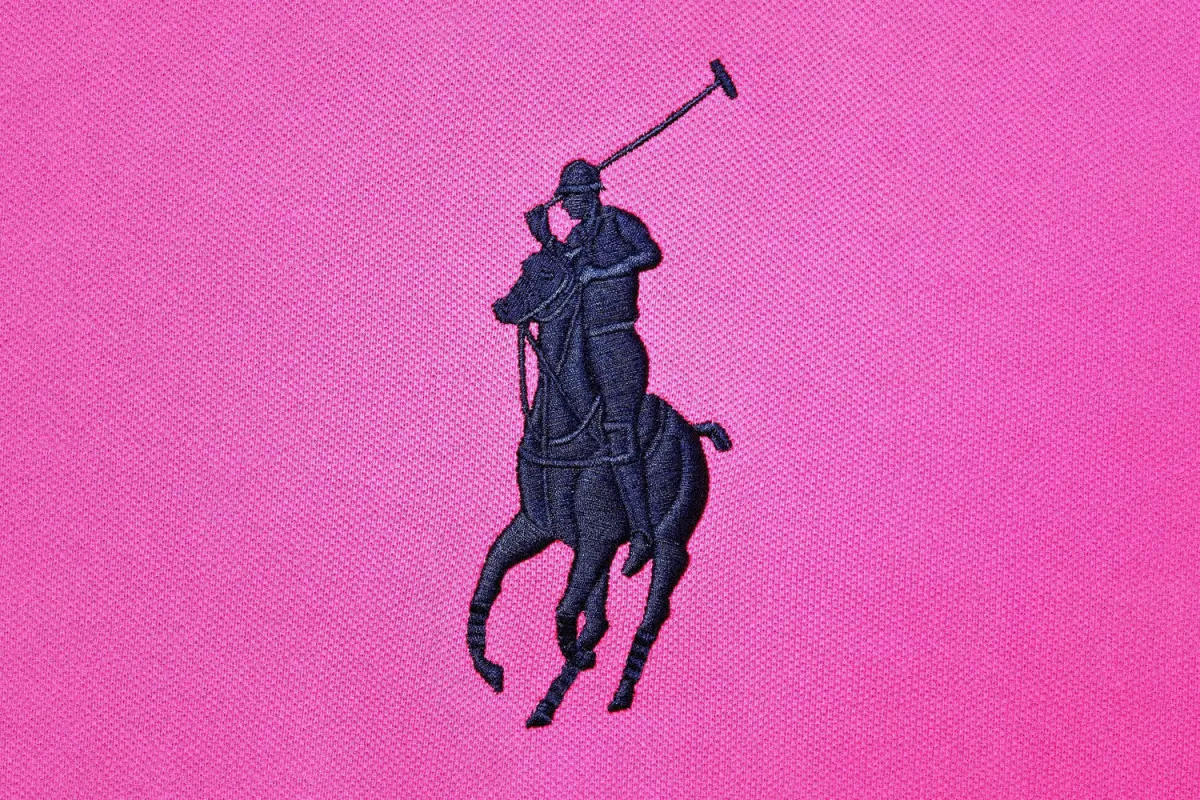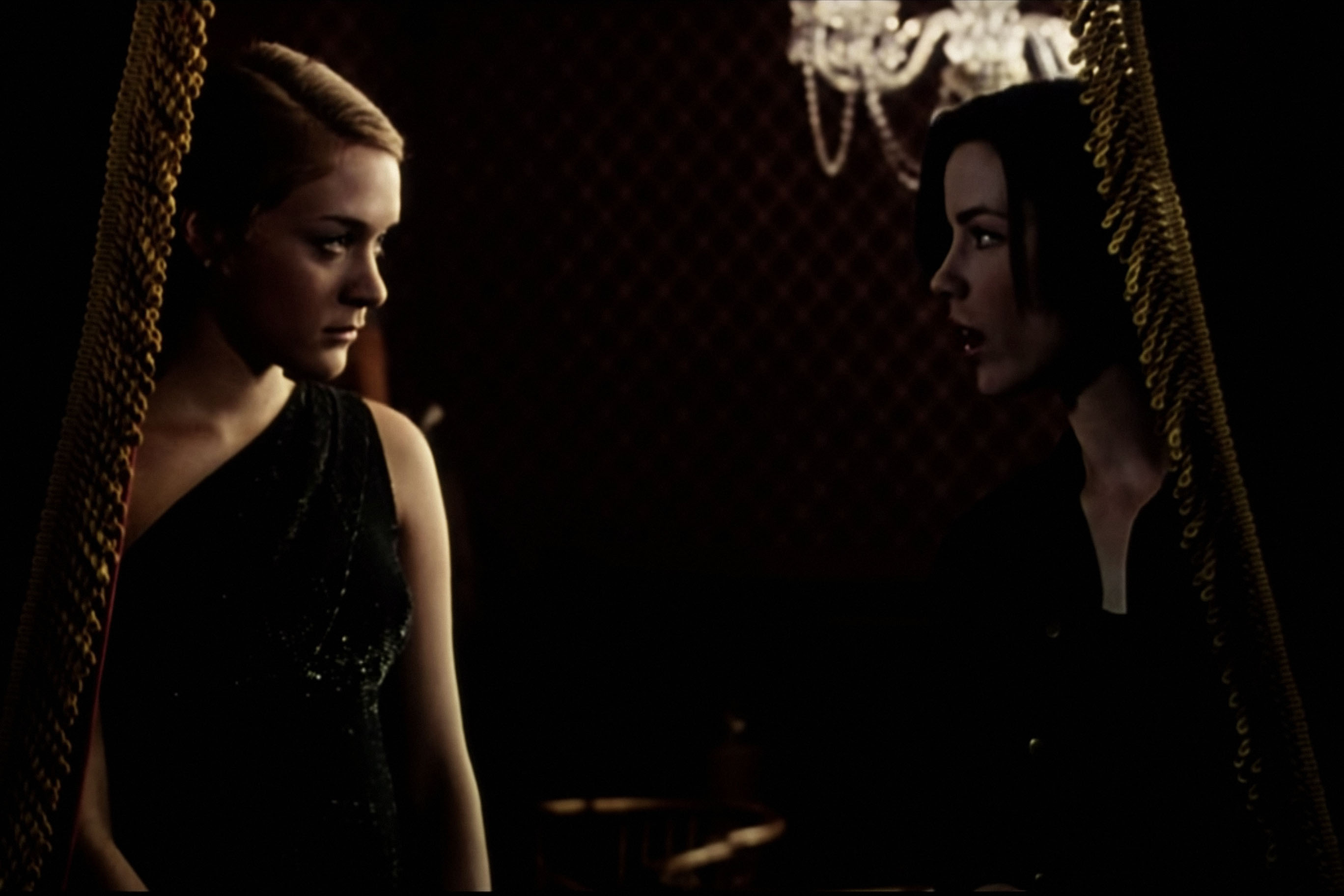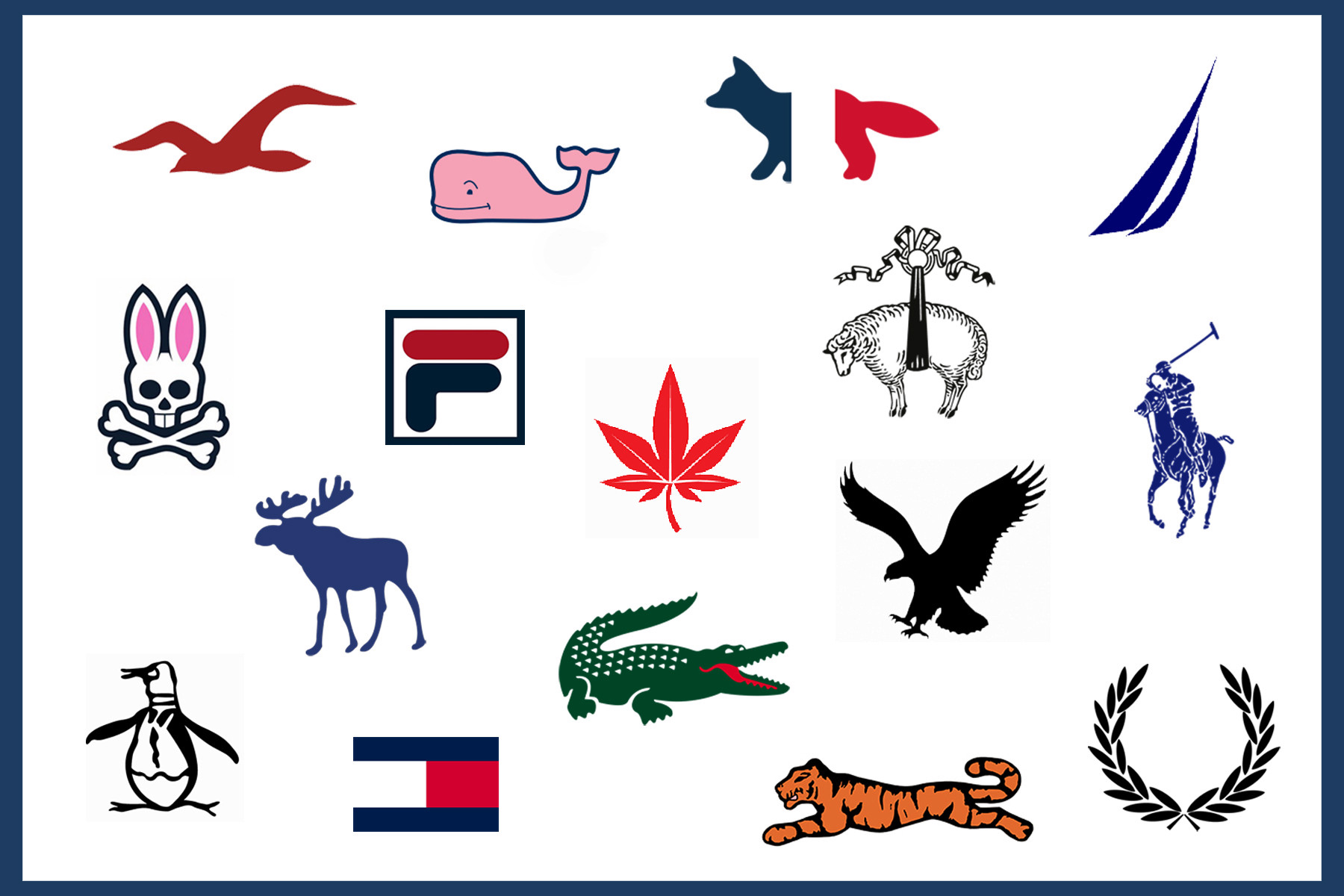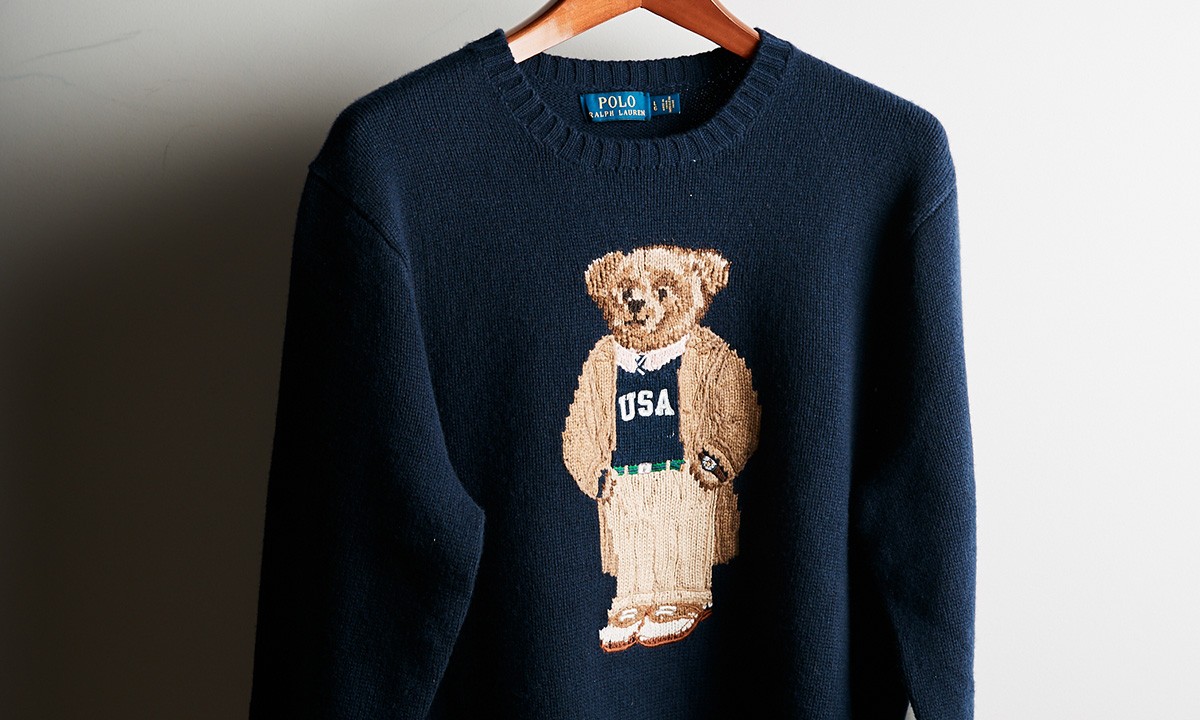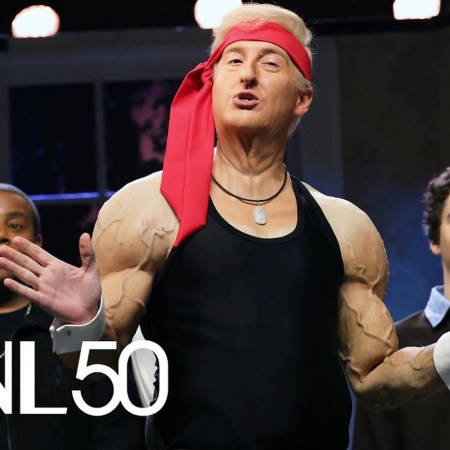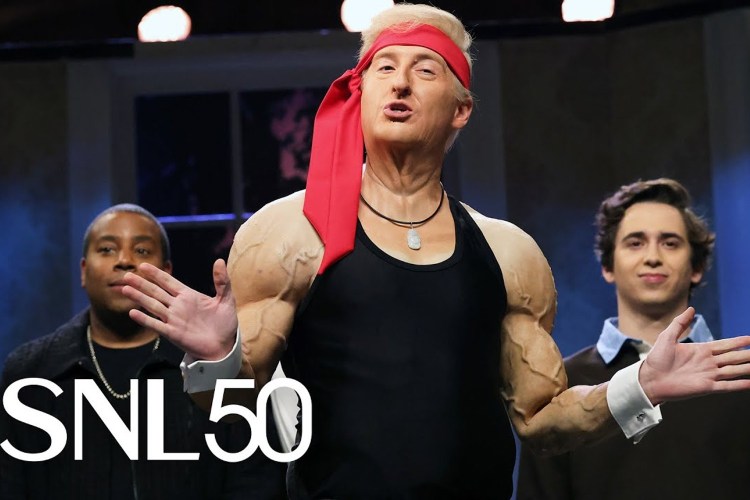
Midway through Whit Stillman’s film The Last Days of Disco, a character bridles at being called a yuppie. “Yuppie stands for ‘young upwardly mobile professional’… I wish we were yuppies,” Chris Eigeman says. “Young, upwardly mobile, professional? Those are good things, not bad things.”
My father was a yuppie. He moved up the McDonald’s corporate ladder from an entry-level position — i.e., flipping burgers, in 1977 — all the way to management. This meant a middle-class salary and a house in one of those growing suburbs with good schools. By the late ’80s it also meant a walk-in closet with Ralph Lauren button-downs, rugby shirts and polos in every color. Because my father is Sri Lankan, his dark complexion can pull off canary yellow, aubergine and cadmium red. (With my lighter skin, I default to navy.) Because my father is an immigrant, in our household Ralph Lauren signified cultural assimilation. Ralph may have meant yuppie, but to us, it meant American.
The designer was also an outsider. The 2019 HBO documentary Very Ralph, at times fawning to the point of discomfort, tells us Lauren was a Bronx-born Jew who started in upscale neckties. He couldn’t sew or stitch, but he had an eye. Over the decades he took inspiration from western wear, Native American dress, sailing and English sport. Brooks Brothers famously imported polo players’ button-down collars in the late 1800s. Lauren — who once worked for Brooks Brothers — took things a step further by finding new contexts for the rugby shirt and tennis-inspired polo for the American market.
I called up my father to ask where his interest in Ralph started.
“It was the rugby shirt,” he says. “It was the thing in the late ’80s and early ’90s.” He mentions the style is popular again, with Clinton-era colorways from brands like Rowing Blazers, Aimé Leon Dore and Drake’s. For my father and my three uncles, Ralph was cool, but it also signaled status: “The shirts weren’t cheap. That logo told people you could afford nice clothes.”
This was intentional on the designer’s part. The polo shirt, starting with the Lacoste crocodile on the left breast, was the first mass-produced clothing item with prominent branding. Lauren swapped in his polo player and set an aspirational price point. Remember, this is the man who once said, “I don’t design clothes, I design dreams.”
My father brought up my youngest brother’s aversion to branding. He’s 26 and living in Frankfurt, so maybe he’s doing as the Romans do. I’m much the same, apart from an eighth-grade flirtation with Stussy and Mossimo T-shirts. During the late-aughts prep resurgence, when I lived in Manhattan and Brooklyn, I wore now-defunct brands like Band of Outsiders and Shipley & Halmos. (Deadstock dealers: my DMs are open.) The appeal was in their attention to fit and detail. Which is not to say I am against RL — in fact, I’ve performed a filial full circle by frequenting the Ralph Lauren Rugby shop near Union Square.
As for 2020, the “u” in yuppie is nearly fantastical. Forget upward mobility: treading water is accomplishment enough. The yuppie is dead, and invocations of “prep” come loaded with connotations of privilege and exclusion. Rowing Blazers founder Jack Carlson goes so far as to reject the term “prep.” He could even be considered the anti-Ralph. Where the elder statesman projects a capacious mythos while giving nothing personal away, Carlson is candid in interviews. He’s honest about the eating issues that have plagued him since his college years cutting weight for crew. And where Ralph Lauren built an empire by hoovering up style markers from disparate cultures and pastimes, Carlson expands through collaborations with Lands’ End, Barbour and the pizza joint around the corner from the flagship.
Can prep be reimagined? Will the look have any appeal after we’re done sheltering in place? Color researchers say people dress in darker tones during a recession, so expect lots of black. (Good news for Rick Owens.)
I can see how the pastel shades and primary colors of my father’s wardrobe fit the times: it’s fun to dress amidst a fluke run of world-historical economic expansion. It was part fantasy, part aspirational, just like everything in fashion.
My father’s approach to Ralph Lauren was also generational, and feels bygone. Working for one company your whole life. Voting to increase your property taxes for public education. Even having property taxes, because you own a house. Trust in institutions.
It was a different time.
As for today, I’m typing this while wearing a shirt I bought a year ago. My novel was about to be published, and I wanted something to wear to the readings. Dressy, but casual; nondescript, but classic. I went with a black polo from Paul Smith. No logo, slightly oversized. On second glance you notice a thin stripe of bright color stitched down the sides. Recessionary prep, with a hint of optimism.
This article was featured in the InsideHook newsletter. Sign up now.
